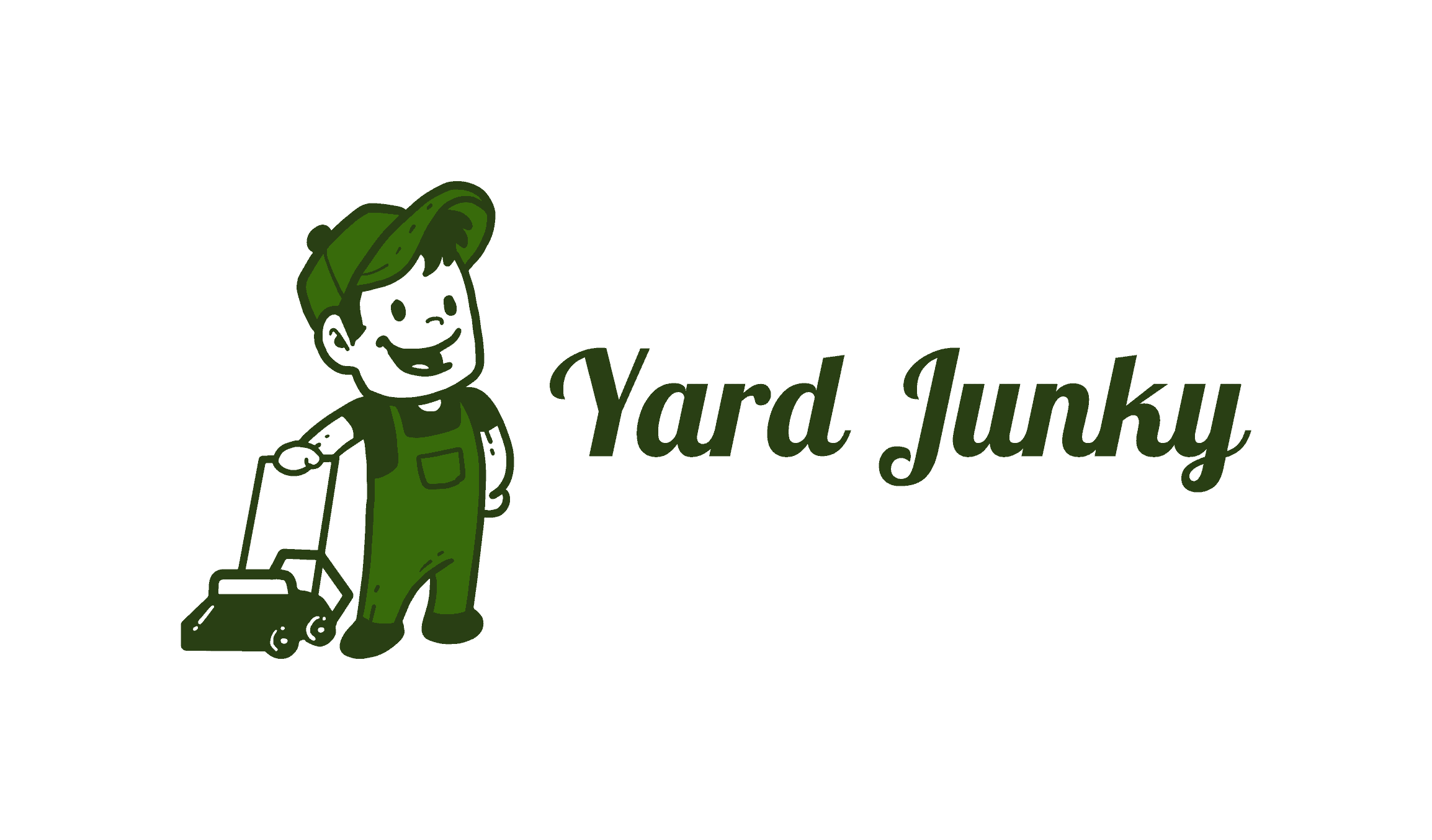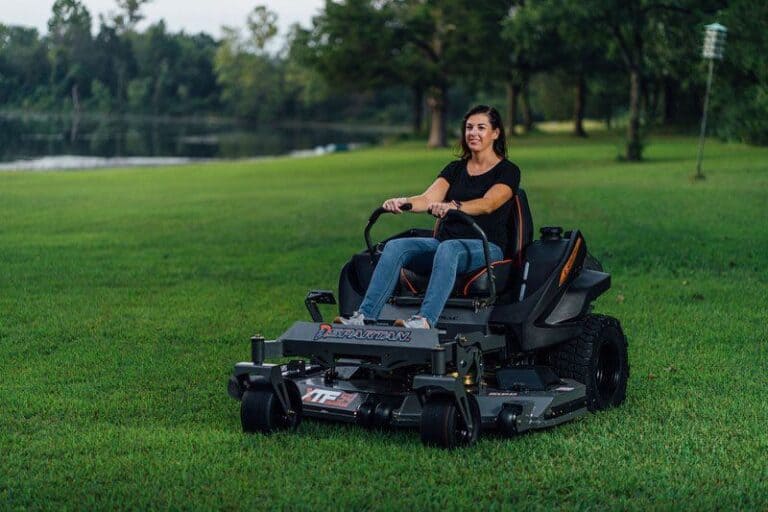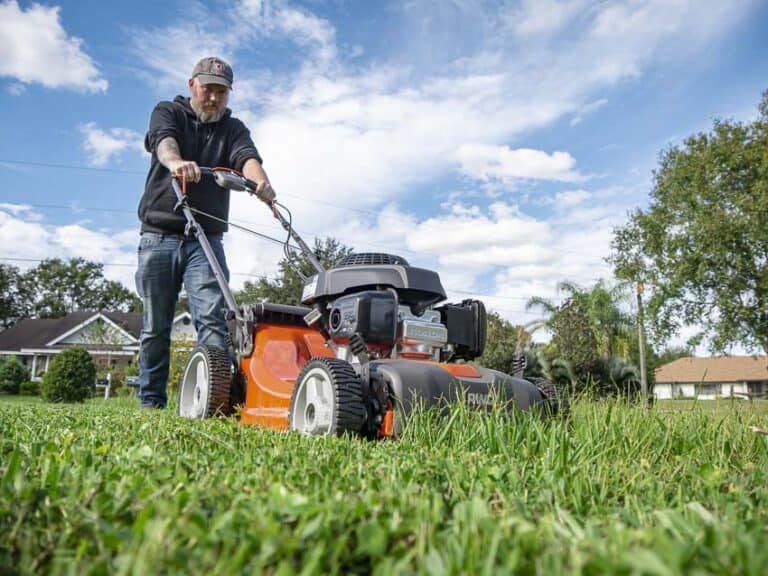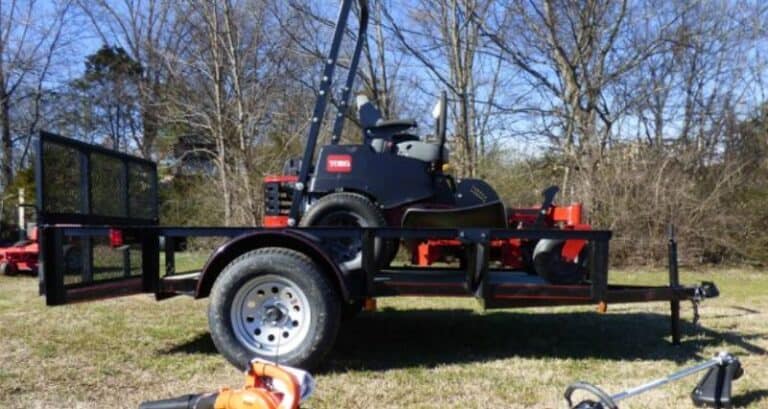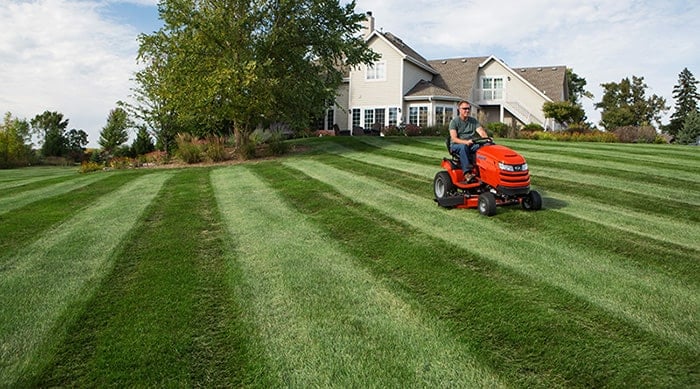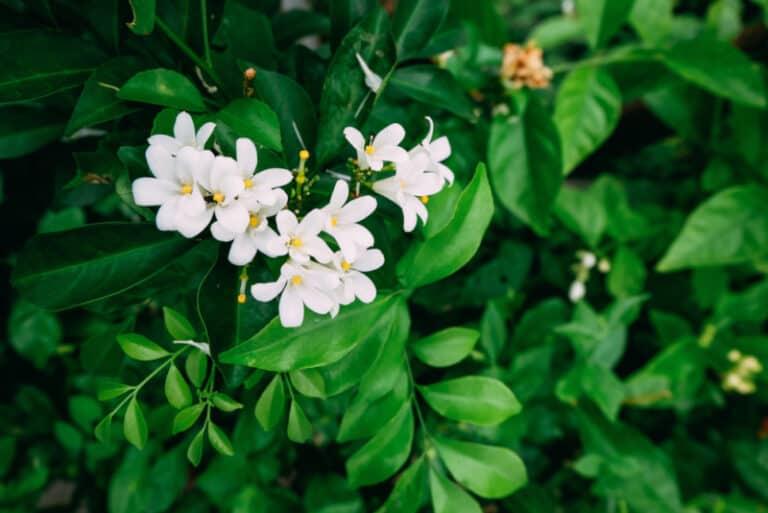Five Types of Sands To Get the Most out of Your Lawn
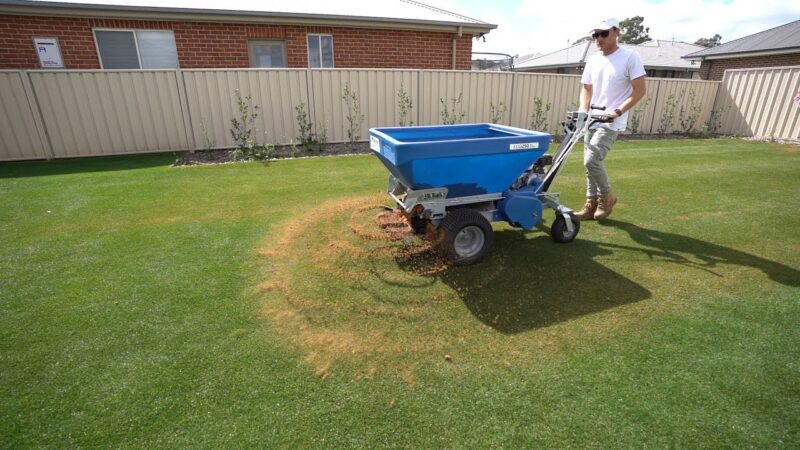
There are a number of situations that might call for adding some amount of sand to your lawn, or a property that you’re responsible for. For example, you might be in charge of caring for a golf course, and you need to repair some bare spots or damaged areas.
This happens quite often on golf courses, and it’s important for these areas to get fixed promptly, so that the course doesn’t become degraded and lose appeal to players. You could say almost the same thing about your personal lawn, because there are quite a few ways that bare spots and damaged areas can occur there as well.
And you’ll certainly want to repair them, because they probably won’t grow back without some kind of intervention from you. The reason sand is so good for this purpose is that it’s extremely good at compaction and drainage, so it actually facilitates the recovery process of any patch of ground that has been damaged on your lawn or other property.
That being the case, just what types of sands for a lawn are best for repair work on your lawn? This article will review some of the types of sand most commonly used for repair work of this kind, and you’ll then know which one might best fit your own circumstances.
1. Dry, Fine Grit Sand
According to The Lawn Mower Guru, the very best sand to use for most types of lawn repair is one which is a dry, fine grit sand. With this type of sand, the dryer it is, the better, because dry, fine sand can blend in with your lawn much more easily, and it won’t have lots of pebbles or gravel in the mixture. These can definitely interfere with the re-growth of grass and can also degrade the smooth, level appearance of your lawn.
When you’re talking about all-purpose types of sand or construction sands, these will generally have a significantly larger grit, and that tends to not blend in very well with grass and topsoil. When you apply sand that’s really wet to a bare spot on your lawn, that will make everything much more difficult, and it will not promote re-growth of grass nearly as well as dry sand will. If you have some great sand but it’s very wet, you can still use it if you spread it out in your driveway first and allow the sun to dry it out.
2. Mason Sand
Mason sand is sometimes referred to as brick sand or mortar sand, and it’s frequently used to make smooth mortar and concrete for the brick-laying industry. You’ve probably seen it at a number of construction sites where contractors were busy at work laying bricks for a home’s exterior.
It’s also very often used for children’s playgrounds and volleyball courts, because the soft sand can absorb quite a few falls without imparting injury to the children playing. Mason sand is one of the finest types of sands for a lawn on the market today, and it’s excellent for lawn leveling because it has tiny grains of sand that can easily work themselves into the turf canopy. That being the case, mason sand is one of the best choices you can make for repairing bald spots and for regrowing grass in an area that has none.
3. Play Sand
Play sand is very much like mason sand, although if anything it has an even finer grit to it than mason sand does. This should not be surprising, since it generally will undergo more processing than mason sand, and that accounts for the finer grit. It’s usually somewhat dusty and soft, and it’s perfect for lawn leveling because it’s very easy to spread and to work into the turf.
However, there are a couple things you need to keep in mind when working with play sand. For one thing, play sand is so fine that it has a tendency to wash away much more easily than some other types. That means it’s best not to apply it when you know that heavy rain is on the way.
It’s also possible that it could choke nearby grass a bit, because the grit is so fine that it doesn’t allow for any breathing room. It will be possible to get around this by applying small amounts of play sand at a time, and this should effectively avoid the possibility of choking out any nearby grassy areas.
4. Sugar Sand
Sugar sand is generally obtained from a beach area, and it is mostly white with a very fine texture. The thing you have to watch out for with sugar sand is that there might be a number of impurities included in it from the beach area. For instance, pebbles, small bits of driftwood, and other materials that may have washed ashore might all find their way into sugar sand. All of these will be harmful in your efforts to get grass regrowing on a bald spot.
If you do use sugar sand or beach sand sand on your lawn leveling project, make sure to pass it through some type of filter, so that all the debris and other objects can be removed from it before you put it on your lawn. If you fail to go through this step, you could end up choking out your newly growing grass, or you may introduce pebbles and other undesirable objects onto your lawn.
5. Concrete Sand
As you might guess from the name, concrete sand is used in a mixture to create concrete. It is usually mined from quarries and then crushed into small particles. Frequently used in the manufacturing of cement or concrete, this kind of sand has a little larger grit than either mason sand, play sand, or sugar sand. However, it can still be very useful for lawn leveling or top-dressing at your residence, because it does possess all the standard qualities of flow-through sand.
If the other types of sand are not readily available, this one will certainly suffice, although it may not be the very best choice you could make. If it were a bit finer, it would be an ideal kind of sand to use for home projects, but it’s still a fairly good type of sand to use on most of your home improvement projects.
How to top dress your lawn using sand
Once you’ve obtained the sand you want to use on your top-dressing or lawn-leveling project, the next step is to actually begin the top-dressing project.
Step 1: The first step in this process is to clear away any unwanted turf or other objects that might interfere with the re-growth of your grass. You may also want to aerate the lawn, so more oxygen gets into the area you’re working on, and you can do this without using a whole lot of equipment.
In fact, all you really need is a set of aerating shoes, which can be purchased at most garden shops. These shoes have nails at the bottom, and when you walk over the repair area, the nails will dig in and create some air pockets in the ground you want to top-dress. If necessary, you should also get rid of any unwanted weeds which happen to be growing in the area you’re working in.
Step 2: The next step calls for mowing the entire work area, because you’ll need to get the grass short enough for the entire ground area to be exposed. After you’ve mowed the area, that’s when the play sand or mason sand should be spread completely over the work area. Note that it may be necessary to apply more sand in areas that are slanted. In any case, once the sand has been well spread, you should go ahead and water the lawn, using either a watering can (if the area is relatively small), or you can turn your sprinkler system on to make sure that the entire lawn gets watered.
Step 3: Even out the sand. The final step calls for you to use a rake and even out the sand over your work area, which will ensure that your lawn stays well-leveled. Once this has been accomplished, you can relax a little and not have to worry about any further steps which might be necessary, since the steps you’ve already taken should do the trick. From this point onward, you should be able to simply monitor any bare spots you’ve worked on, to see the regrowth of grass in that area.
Hopefully, they will all blend in nicely with the rest of your lawn. Of course, it may take a while for all these good things to happen, but you can be confident in the knowledge that you’ve done everything possible for the time being. Now you have to allow nature to take its course and recover the repair areas, so that they can become just other great-looking sections of your lawn.
Frequently Asked Questions
Q: When is the best time to top-dress my lawn?
A: The best time is either in springtime when it gets warm enough or in the early fall, because that will still give you time to squeeze in several more mowings during the season.
Q: Is sand the only thing I should use when top-dressing?
A: It’s usually a good idea to add in some good topsoil as well as some grass seed to the mixture you apply to any damaged area.
Q: What is the idea behind top-dressing my lawn?
A: The whole point of top-dressing is to lock in the fertilizer, the seed, and the moisture, so your repair area has the best possible environment for recovering.
You can also read:
